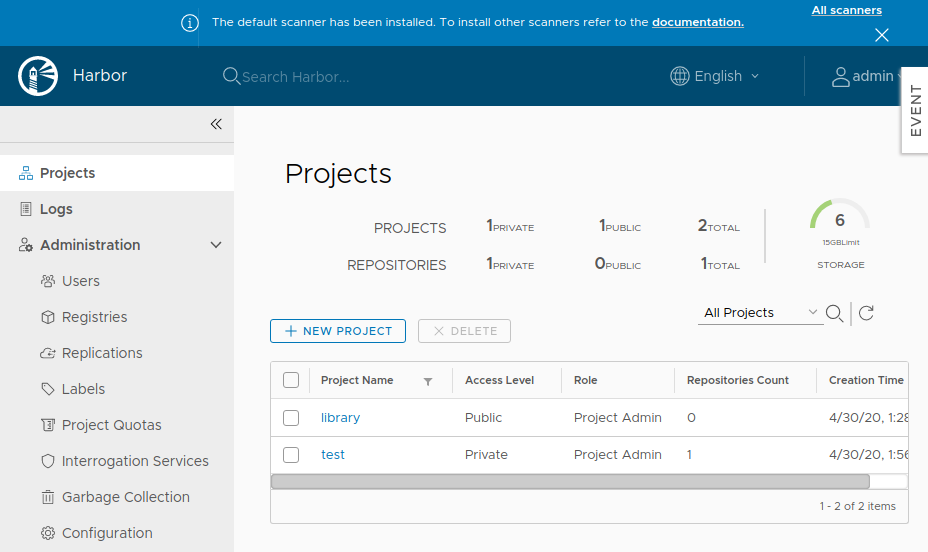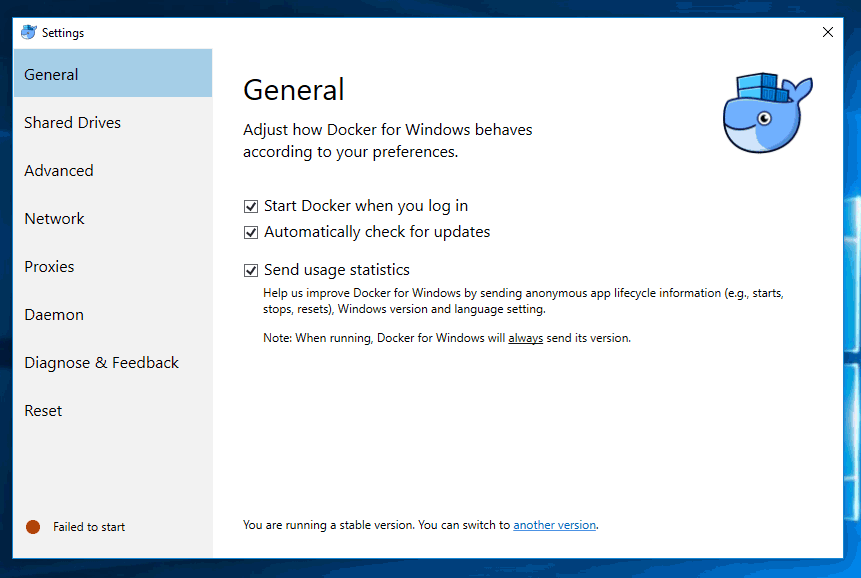

- #Docker proxy settings mac how to
- #Docker proxy settings mac update
- #Docker proxy settings mac download
If the download completes and does not timeout, your proxy settings have been applied. You can test this by attempting to pull down an image. Save your changes and exit the text editor.Īfter the service is restarted Docker should be able to pull images from external repositories.Add the following contents, changing the values to match your environment.Įnvironment="NO_PROXY="localhost,127.0.0.1,::1".If I could force the script to run before each restart of docker and docker use those proxy settings, that would be ideal. Just imagine that 1000 or 100 000 IPs are at your disposal. The system proxy settings are not sufficient for docker to use and I need to run a special proxy analysis every time my network switches. Create a file called nf in our configuration directory. Docker proxy settings macos from Docker proxy settings macos from Fineproxy - High-Quality Proxy Servers Are Just What You Need.Create a new directory for our Docker service configurations.Within this configuration file, we can set our HTTP and HTTPS proxy. In order to keep things organized, we can create a child directory, rather than creating a file called /etc/systemd/system/rvice. No configuration files exist by default, so one will have to be created.Īll Systemd service configuration are stored under /etc/systemd/system. In order to the set the proxy for Docker, you will need to create a configuration file for the Docker service. Docker is one of the few packages that determine proxy information from a service configuration in SystemD, rather than from an environment variable. Services in Ubuntu 16.04 and above are registered with SystemD.
#Docker proxy settings mac how to
This tutorial will show you how to set the proxy for Docker on Ubuntu servers. Instead, you will have to configure the service to use a proxy. > http_proxy= https_proxy= open /Applications/Docker/Kitematic\ \(Beta\).The Docker services will not use environment variables to get proxy information. You should be good to go when your VM finishes booting up, but one last proxy tip.if you wish to run Kitematic, it for some reason ignores your system proxy settings (a bug IMO), so you'll have to pass the proxy information to the application. Now exit out of your Docker Machine VM and restart it so the new proxy settings can take affect. Ive made zero changes to the HA Proxy, however following the latest update, I am redirected to my maintenance page. Second, configure your docker VM with your proxy settings - so your Docker Machine can communicate to the InterWebs > docker-machine ssh defaultĮxample: export HTTP_PROXY= I have a HA reverse proxy set up to catch the host name and redirect to my Radarr docker on unraid. Docker has docs on how to configure systemd with a proxy that should solve your issue. However, Docker is designed as a client/server app, and the image pulls are run from the server (dockerd).
#Docker proxy settings mac update
bashrc will update the network config for any commands you run as the user. Example if your Docker Machine IP was 192.168.99.100: export no_proxy='localhost,192.168.99.100' Setting the environment variables in your. Take that IP and add it to your existing no_proxy.

Substitute default for whatever the name of your Docker Machine is. EDIT: I was able to have Docker pull images without setting proxy settings manually i Preferences > Proxies.

I'll try updating to an edge version and adding proxy settings in /.docker/config.json. To get your Docker Machine's IP: > docker-machine ip default However, when adding proxy settings manually in Preferences > Proxies, noproxy is not honored (I've seen others issues on this specific problem also). The first will be to tell your machine to not use a proxy when trying to connect to your Docker Machine (VM), and the second will be to configure your Docker Machine to use your proxy in order to connect out to the InterWebs for things like downloading images from Docker Hub.įirst, add your Docker Machine VM's IP to your no_proxy list in ~/.bash_profile - so your docker client can communicate with your Docker Machine without trying to go through your proxy. There will be two quick updates to your setup.

You can download the latest version from here:


 0 kommentar(er)
0 kommentar(er)
